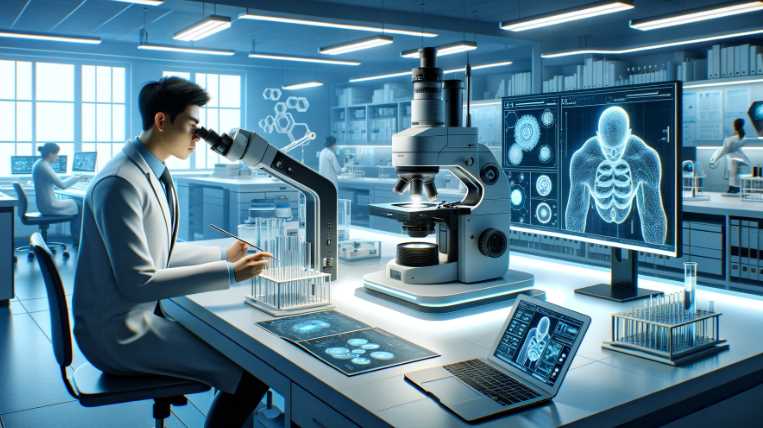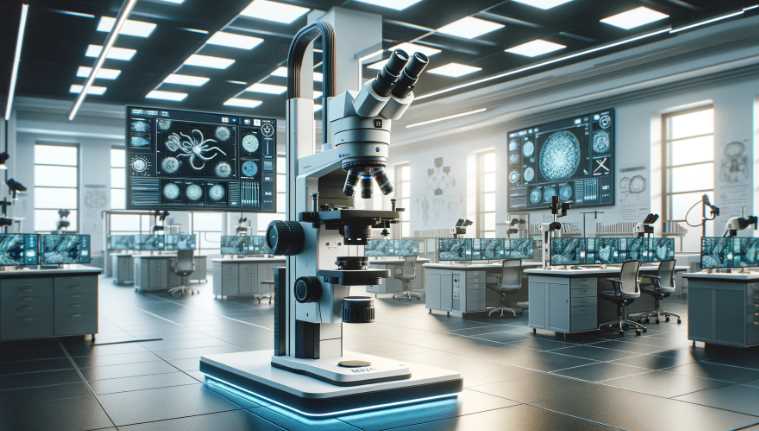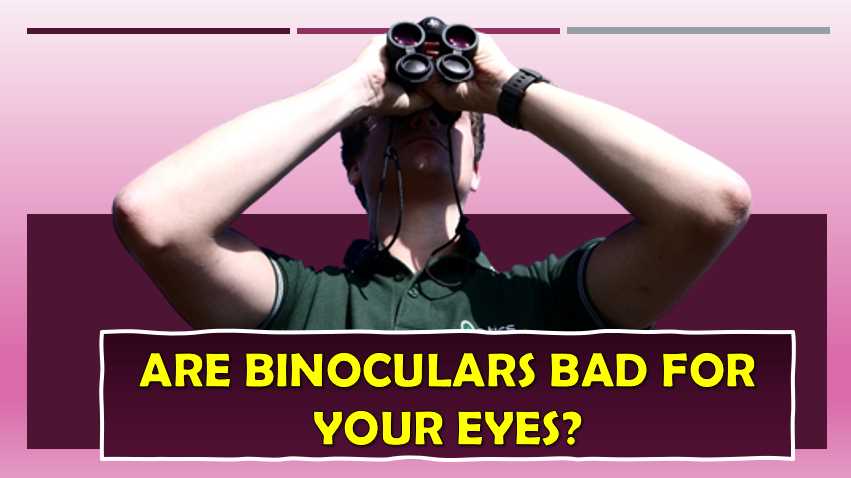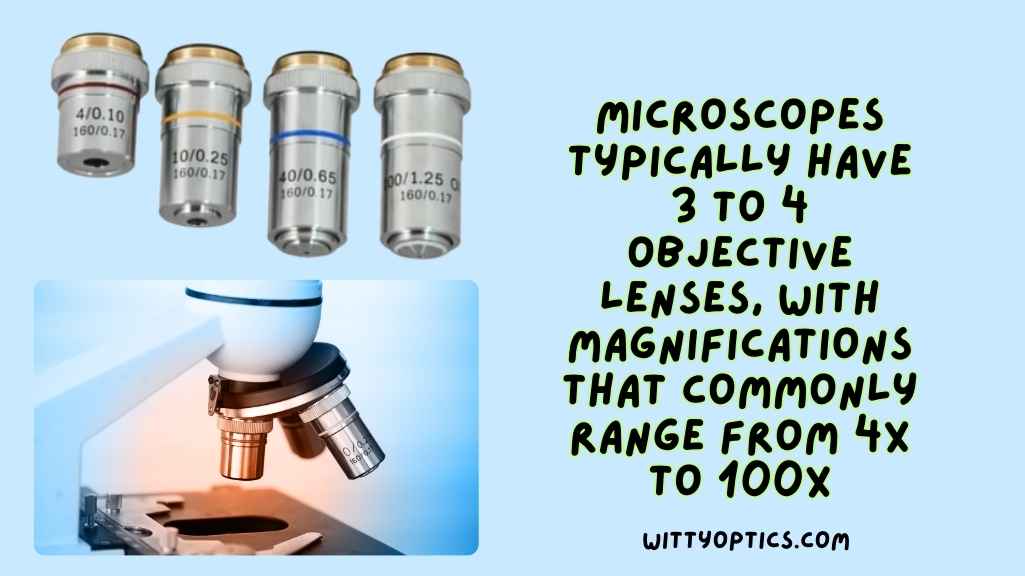Through the Lens: Mastering Photomicrography with Precision Microscopes
Photomicrography is the process of capturing fine details of objects or specimens using a microscope. With this technique, scientists and researchers can capture images of biological specimens that are too small to be seen plainly with the naked eye. Fortunately, there are affordable options available that can still produce quality images for photomicrography enthusiasts. In […]
Through the Lens: Mastering Photomicrography with Precision Microscopes Read More »








